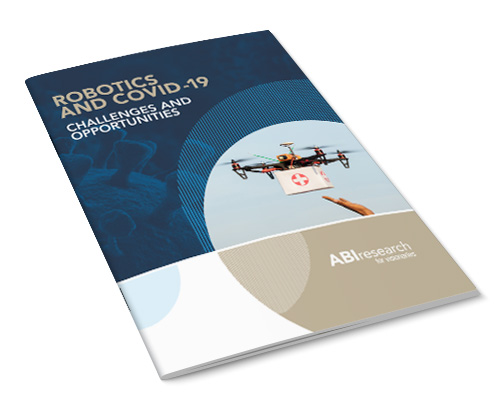Like many technologies, the path to rolling out robotics is being complicated by COVID-19. But more than any other technology, robotics developers have visibly demonstrated the value of more flexible automation to meet the enormous challenges being placed on businesses and governments.
The first deployments of robots related to COVID-19 were small-scale uses of mobile robots for disinfecting medical facilities in Wuhan. Then, autonomous vehicles were used for last-mile delivery of supplies and discharging hydrogen peroxide to decontaminate public spaces. As the crisis has grown, these applications have been extended to include security, monitoring, and public messaging via drones, as well as material handling and delivery within and around major hospitals. These examples represent but a fraction of the value of robotics in dealing with the immediate public health response to COVID-19.
Meanwhile, the pandemic’s broader impact on the global economy is already accelerating automation on a much wider scale throughout the supply chain.
Download this whitepaper to learn more.

